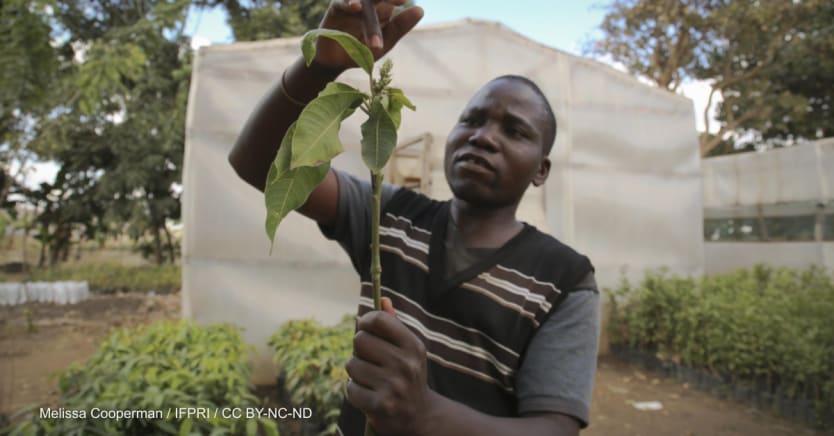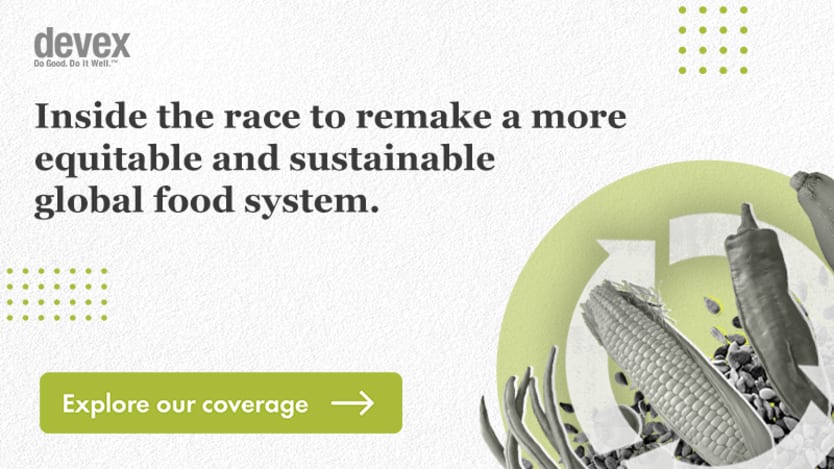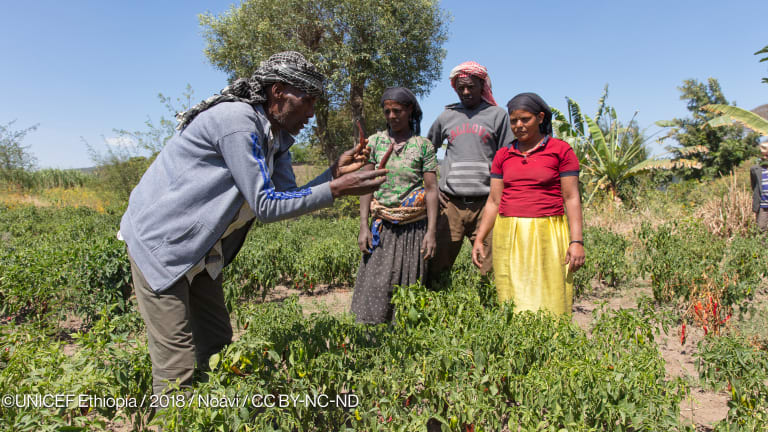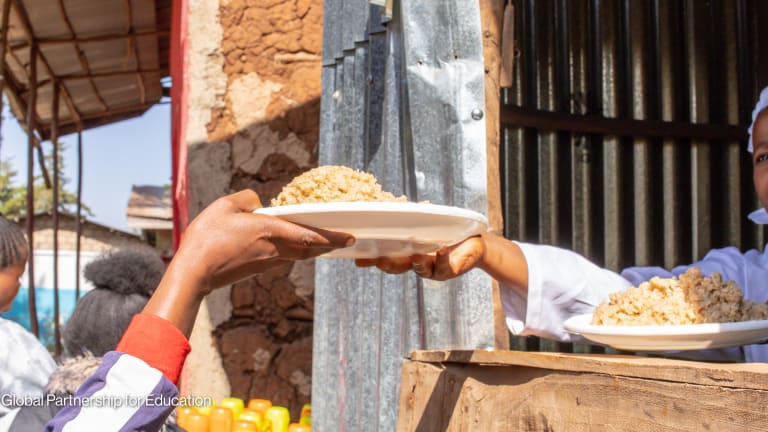
The 26th United Nations Climate Change Conference generated big promises for the climate, with government leaders pledging to halt disaster. But as the event ended, activists and government leaders from low-income countries raised concerns about previous unkept promises and called on nations to back up rhetoric with action: reduce emissions, sequester carbon, keep promises, and spend dollars.
A recent report from Jubilee Debt Campaign gives us cause for skepticism. It shows that in spite of a promise by wealthier countries to direct $100 billion to other nations by 2020 to help them adapt to climate change, lower-income countries spend five times more on debt than on dealing with climate change impacts and reducing carbon emissions.
It is a cruel irony that the lowest-income countries with lowest emissions are handing over massive amounts of money to repay financial institutions that are also financing fossil fuel production, with global fossil fuel subsidies totaling about $6 trillion in 2020. The richest 1% of people have emitted more than twice the amount of carbon dioxide as the poorest 50% around the globe in recent years.
Of all the climate adaptation and mitigation strategies out there, none may be as powerful as agroecology.
—At the same time, recent climate change reports suggest that low-income countries in the global south are at the highest risk from climate change impacts. We need massive investment now in climate change adaptation for the lowest-income and most at-risk nations, alongside deep mitigation, with wealthier, industrialized countries taking the lead.
Such investment, however, must also be done wisely. We need to fund climate solutions and approaches that have real impact, have far reaching benefits, and can work in many different contexts. What works? How do we know?
As a professor and sociologist with expertise in soil science, international development, and food security, I study how food systems transformation can be the key to averting the worst effects of climate change. Food systems are critical to climate progress; a landmark 2019 report by the Intergovernmental Panel on Climate Change found that food systems contribute about one-third of all greenhouse gas emissions.
Of all the climate adaptation and mitigation strategies out there, none may be as powerful as agroecology. Put simply, agroecology is working with nature — rather than against it — to produce food. Arising from practical experience, scientific research, and social movements, agroecology also focuses on the social, economic, and political aspects of food systems.
What is so exciting about agroecology is that we know it works both for food security and for addressing the climate and biodiversity crisis. We know because we’ve run the numbers, done the studies, carried out the interviews, and gathered huge amounts of diverse evidence.
Get the inside track on how agriculture, nutrition, sustainability, and more are intersecting to remake the global food system in this weekly newsletter.
Alongside our scientific research, we’ve used a new approach to understanding the hidden costs of our food system — called “true cost accounting” — to determine not only the financial profitability of food producers, but also their impacts on society, people, and the environment. True cost accounting is an innovative tool that provides a holistic approach to assess, measure, and value all externalities — the positive and negative impacts — of food systems.
In a new report from the Global Alliance for the Future of Food, a sweeping true cost assessment was applied to six food systems initiatives around the world.
I know one of the six well: the farmer-led Soils, Food and Healthy Communities organization. In northern and central Malawi, farmers train one another on agroecological methods and provide seeds from a community seed bank to experiment with these practices. There are regular visits, farmer exchanges, field days, seed fairs, and recipe days to exchange knowledge and learn from each other. They also encourage greater gender equity as part of an empowering approach.
This is the real work — on the ground, on the front lines of the climate crisis. In Malawi, a country where agroecology is having enormous impacts, an estimated 10,000 farming households are using agroecological practices on 10,000 hectares (25,000 acres) of land, and food security rates have tripled. Over 400 farmer researchers, half of whom are women, work to share their knowledge and experience with other farmers and policymakers. Child nutrition and gender equity have improved across hundreds of communities.
In fact, across the projects assessed by the TCA project, climate impacts were dramatic: a reduction of 55% or greater in emissions on farms in India from “natural farming”; over 1.5 million hectares of forest protected from agroecology in Zambia; 90% fewer carbon-emitting “food miles” driven from a project in the U.S.; and 74 climate-resilient varieties of rice grown and marketed in the Philippines.
These are not experiments, theoretical ideas, or science fiction. They are real responses to the challenges of climate change, and they are happening now in diverse regions and food systems around the world. Moreover, farming and food production put equity and social justice first. The scientific community and policymakers are beginning to recognize agroecology as a vital strategy to slow climate change and successfully adapt to its existing impacts.
The U.N. Climate Change Conference won’t solve our climate crisis, but the diplomacy, the global activism, and mainstream public attention will hopefully make a difference. At this critical moment, with the planet increasingly on the edge of crisis and the world’s food systems highly imperiled, agroecology is a systems-based solution that we can reach for, mobilizing attention and climate finance around it. As the TCA assessment shows, we know leaders are already working in this way and showing us the path forward.









